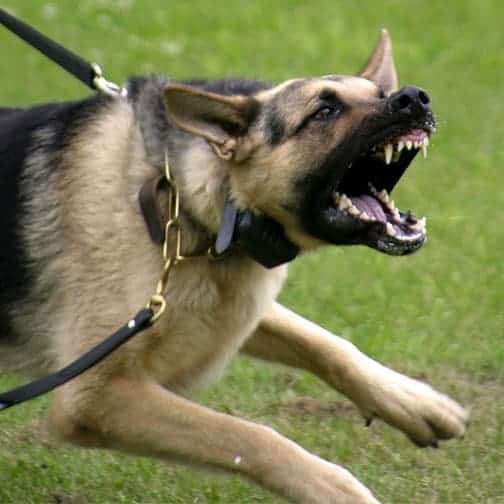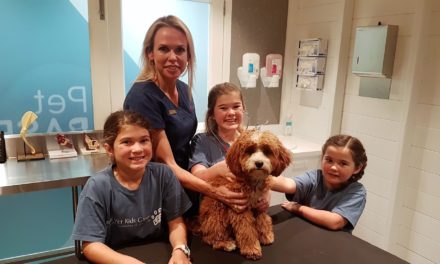Renowned Australian veterinary behaviour expert, Dr Gaille Perry explains the signals of dog aggression including what provokes this type of response and ways to manage ‘aggressive’ dogs.
“Dogs don’t want to engage in a physical encounter because it will likely result in injury, even for the winner. So, instead they use clear signals to communicate their intent so that any conflict can be resolved through ritualised rather than actual aggression,” Dr Perry said.
Signals of dog aggression include:
The behavioural repertoire of dogs contains several well-defined signals of dog aggression intent including:
· change in body posture
· raised body hair
· fixed stare of darting eye movements
· change to normal ear position
· change to normal tail position
· lips lifted or drawn back to expose teeth
· vocal signals.
“This is normal behaviour in dogs of all breeds. Owners often don’t understand how or why their dog is acting this way in the moment. The important thing to remember is that the dog perceives a threat and is responding – with a warning, not actual physical harm,” she said.
Dr Perry warns that owners will often need expert help to manage a dog that exhibits actual aggression towards people or other animals, It may require a veterinary diagnosis, as trainers alone may not be able to resolve the issue.
The first step in trying to address it is to identify the triggers for the aggression which could be several things from food and toys to the presence of other dogs.
“For owners of ‘aggressive’ dogs, there are several options including tolerating the behaviour, rehoming the dog, training or managing the behaviour or euthanasia. The major factor influencing the path chosen is often the size of the dog. What is acceptable in a tiny dog could be considered dangerous in a larger animal.
“I would encourage owners who have ‘aggressive’ dogs to undertake a combination of management and training. Punishment is not an effective way to control aggression. Instead, you should work with a qualified positive reinforcement trainer who’ll teach you management techniques and teach the dog cues for calm behaviour. However, even after training, there is still a very real possibility that the dog will become aggressive again so ongoing close monitoring is necessary,” she said.







